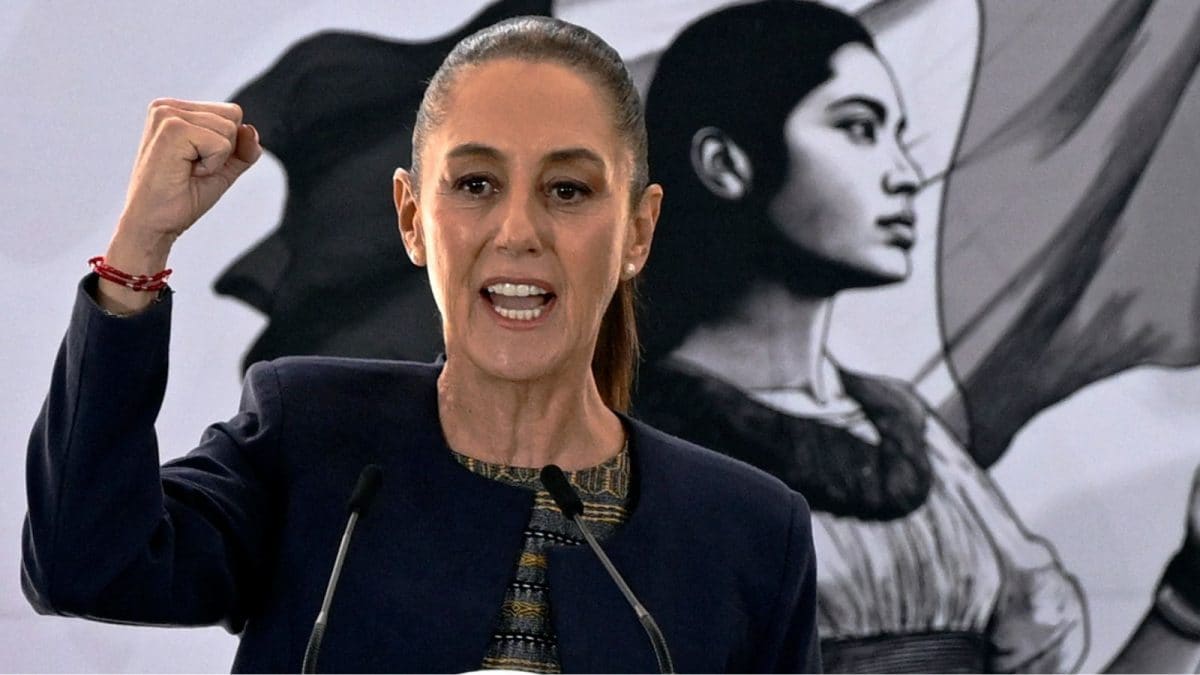ARTICLE AD BOX
It’s feared that the Balti might kick the bucket soon, but a Birmingham resident has taken it upon himself to keep it alive and simmering. A food writer, a one-time bureaucrat and a proud Brummie, Andy Munro, 78, is fighting to save the famous British Asian curry that is cooked, and also served, in thin, steel-pressed woks that resemble the good-old sub-continental kadhai but are shallower and called Balti — a bucket.
From food hubs full of Balti houses in the 70s, when the dish hit the market, to just a handful of them trying to stay afloat now, Birmingham, known as the birthplace of heavy-metal music, is losing its light-metal curry bowl legacy.
“This autumn I am going to put a bid to the British government as they have a department for the protection of cultural heritage. I would like Balti to have a UNESCO-approved mark. I have sent them a video of Balti being cooked. Despite the large-scale shut-downs, there are close to 40 to 50 genuine Balti houses in Britain so I am not worried about the numbers,” says Munro, who is also the secretary of the Association for the Protection of the Authentic Balti and is a writer of two Balti books.
Munro was born in Birmingham and lived most of his life in the city’s famous Balti Triangle, an area around Ladypool Road, Stoney Lane, and Stratford Road that was once a Balti haven. “It was me who coined this name. Earlier, this was called Balti Belt and it didn’t sound right. So I took some creative liberty and called it the Balti Triangle, inspired by the Bermuda Triangle. I had come up with this line — Balti Triangle, where you get in the sea of spices. But with time, what has remained is just Balti Triangle,” says Munro.
To share the Balti story, he is at Ladypool Road’s Shababs restaurant, one of the two authentic Balti places on the street. What was once a sprawling Balti den now offers a truly global spread — there’s Thai, Turkish, Lebanese and also a burger and fries place called MakHallal. Also around is the Shababs owner Zaf Hussain, 40, whose family has been into Baltis for several decades. It is Munro who starts this ‘necessity being the mother of invention’ tale.
Back in the 70s, Birmingham, England’s industrial hub, saw a large exodus from Pakistan. With time, restaurants with sub-continent cuisine would crop up. “They were very rough and ready eating places. Glass-topped tables and basin in the corner to wash your hands. They were very basic,” he says.
However, there turned out to be one restaurateur from Pakistan-occupied Kashmir who thought of attracting the posh white clients, the ones Munro calls the “Jewel in the crown” crowd. “So he wanted to invent a dish which would attract the local customers because what he used to originally serve was the chicken-on-the-bone dish that was greasy,” narrates Munro.
Story continues below this ad
There were other considerations. He wanted a fast-to-cook dish, since the Brummies, like anyone, didn’t like to wait for ages for their order. The Indo-Pak cuisine had other limitations to be on the menu of restaurants in England. “They used ghee and that heavy duty Indian kadhai was more suited for slow-cooking,” says the riveting story teller, setting up the suspense. “So instead of ghee, he used vegetable oil since it has a higher smoke point. And he also thought about Balti, a thin flat-bottomed, shallow vessel with handles that was suited to sizzle on high flame. And it was made by Sikhs working in furnaces and factories around Birmingham,” he says.
Hussain says unlike the butter-chicken and tikkas that are Asian exports that the British have got hooked to, Balti is truly a ‘Made in England’ curry. “I have been back and forth to Pakistan 10 to 12 times in my lifetime but I have never sampled a Balti or found one,” he says before heading to the kitchen to prove the claim that Balti can be done in less than 10 minutes. The flame is rising furiously from the stove, he places a Balti on the fire and gets into a frenzy. Oil, raw chicken, onion, garlic, ginger, tomato slices and several scoops of spices from his jumbo masala box get cooked. He stirs them rigorously and in less than 10 minutes, it is ready to be on the table.
“It’s not just a chicken dish, Balti is more of a cooking style. It could be keema, lamb, mixed vegetables and even daal. But the daal needs to be pre-cooked. Vegetables like potato and aubergine can be cooked in the Balti and served,” says Zaf.
Munro, meanwhile, draws attention to the side of the Balti, fresh from the fire, the fuming brownish curry whistling the desired smoky aroma. “You see those little bubbles. Because of the high flame, it caramelises. Michelin chefs would die to get that caramelisation but you get that naturally with a Balti,” he says before giving the final ‘how to eat a Balti’ instruction. “Never eat it with rice, it doesn’t work. Take a naan or roti, break it with your hands. Dip it into the Balti, take a chunk of chicken and a lot of masala, scoop it out and place it in your mouth.”
Story continues below this ad
There are other traditions, though not strictly followed. Like the Wazwan is traditionally relished back in his ancestors’ homes in a ‘trami’, a collective serving, the Balti is recommended to be eaten straight off the serving sizzling wok, like a fondue.
There are restaurants who serve the Balti dish in silver bowls and that’s what Munro fears the most and wants to stop. “That worries me, since I am a passionate Birmingham resident. When people come to Birmingham, they have heard about the famous Balti and they sit down to have it. If they are served in silver bowls, it is pseudo-Balti. That way, all the properties are lost. Then people would say ‘What’s the big deal about Balti? It’s just any other curry. That’s what makes me determined,” says the Save The Balti campaigner.



.png)
.png)
.png)

























 English (US) ·
English (US) ·